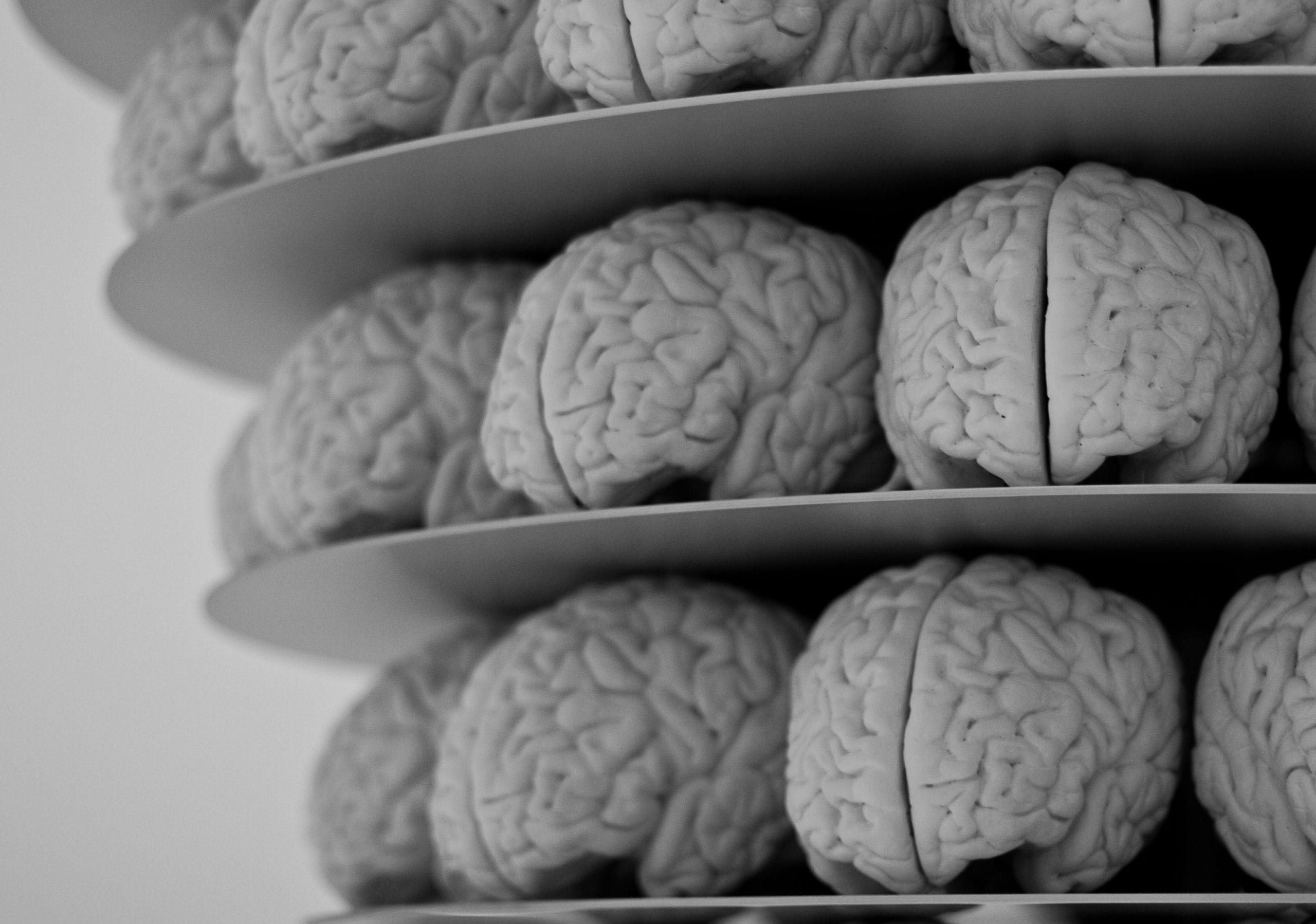You may have heard of opioids as the drug that killed Prince, Janice Joplin, Jimi Hendrix, and (controversially) Elvis Presley. But my interest came after constantly seeing articles about overdoses all around the country. From that, my perception of opioids as the drugs of the rich and famous started to fade. These drugs affect parents, grandparents, and children. My heart broke after hearing of a 10-year old who died of a heroin and fentanyl overdose. A 10-year old.
I needed to know about this destructive drug.

Opium was originally discovered in opium poppy plants (Papaver somniferum) in 3400 B.C in Mesopotamia where medicinal qualities were attributed to them. However, without proper chemical analysis, the potency of the drug could not be controlled. In the 1800s, morphine was isolated from opium seeds by Friedrich Sertürner and he determined it was the chemical within opium poppies that produced the pain analgesic. Later, Sir Robert Robertson discovered the chemical structure of morphine. This allowed chemists to make many derivatives of morphine which could be taken through a variety of forms (pills, injections, etc).
As time passed, the fact that morphine was addictive became undeniable. And people quickly realized that addiction was dangerous. To try and address this problem, chemists wanted to make a derivative of morphine that acted as an effective painkiller but did not cause addiction. This is what Charles Romley Alder Wright was trying to do when he synthesized heroin. Talk about a step in the wrong direction.
Fast forward to 2000, when OxyContin was first marketed as a ‘non-addictive' opioid and physicians began prescribing it to patients- mainly for chronic pain. Roughly 25% of Americans suffer from chronic pain; they report a lower quality of life than those with depression, heart failure, and renal failure. Again, the best intentions were not successful. Patients became addicted to OxyContin and when they no longer had access to the prescription drugs they were more likely to try and find alternatives -like heroin- which had garnered a large presence in the black market.

“Street drugs†can be produced through a variety of methods including ‘clandestine chemistry labs' filled with smuggled ingredients from around the world (i.e Breaking Bad style). In the past, many of these dealers just needed access to the opium poppy whose seeds release morphine-containing sap. Today, ‘underground labs' use a variety of methods to generate morphine derivatives.
When opioids, like morphine or heroin (even prescribed drugs like hydrocodone and oxycodone), are taken the opioid molecules bind to specific locations throughout the brain called ‘mu receptors'. When opioids bind to their receptors, they induce pain relief, euphoria, and sedation via the release of dopamine. The “good feelings†present in the use of opioids causes a reward system that can be easily reinforced with subsequent doses. Essentially, taking the drugs feel good. Whereas the absence of the drug leads to the opposite effects (pain, sadness, insomnia).
According to the CDC, in 2015 63.1% of drug overdoses were caused by opioids. One major cause of death from drug overdoses is due to respiratory depression caused by the effects of opioids on the central nervous system (i.e heart, lungs, brain). Respiratory depression prevents the blood from getting enough oxygen.
You can think of it this way, your body is literally suffocating itself to death. An inadequate supply of oxygen to all organs in the body, including the brain, can lead to decreased brain activity. The less frequent breaths per minute become, the patient will pass out, and without medical intervention death can occur between 1 to 3 hours.

The neurological effects of opioid use have been studied using functional magnetic resonance imaging to show that long-term opioid users have defects in: working memory, cognitive flexibility and increased impulsiveness. Basically, constant opioid use alters the brain to the point where users have problems with completing goals which can make addiction a huge hurdle for people to overcome.
Treating addiction is no easy task, physicians optimize long-term care strategies to help alleviate withdrawal symptoms such as sweating, shaking, and diarrhea which can last for days. Anxiety and insomnia can last for months.
Interactions with physicians before addiction occurs is also critical. Opioid addiction is a nationwide crisis so it may seem trite to say ‘talk to your doctor' but the research is clear, patients who discussed the risks of addiction with their physicians actually had a 60% lower rate of saving unused opioid prescriptions.
- Peralta E. Prince Died Of Accidental Overdose, Says Medical Examiner : The Two-Way : NPR. Published 6/2/2016. Source
- Gent G. Death of Janis Joplin Attributed to Accidental Heroin Overdose. The New York Times. Published 10/6/1970. Source
- Maule H. Jimi Hendrix dies of overdose in 1970 – NY Daily News. Daily News. Published 9/19/1970. Source
- Lathan SR. Celebrities and substance abuse. Proc (Bayl Univ Med Cent). 2009;22(4):339-341. Published 10/2009. Source
- Georgia Health News. Bereaved Georgia parents join appeal to fight opioids. SavannahNow. Published 7/2/17.Source
- Kassab, B., & Allen, S. Florida's opioid crisis: Couple found dead on I-4 leaves devastated family to raise 3 boys. Orlando Sentinel. Published 2017. Source
- Bellamy, C. Toxic cocktail: Opioid explosion behind skyrocketing rate of kids in foster care. The Herald Sun. Published 7/29/17. Source
- Bever, L. ‘How did this happen to a 10-year old?': Child dies with heroin and fentanyl in his system. The Washington Post. Published 7/18/2017. Source
- Cowell A. Opium Throughout History | The Opium Kings | FRONTLINE | PBS. Frontline. Published 1997. Source
- 10.Frye, R., von Soden, W., & Edzard, D.History of Mesopotamia | historical region, Asia | Britannica.com. Published 2000. Source
- Schmitz, R. Friedrich Wilhelm Sertürner and the Discovery of Morphine. Pharmacy in History, 27, 61–74. Published 1985. Source
- Nobel Lectures, Chemistry 1942-1962, Elsevier Publishing Company, Amsterdam. Published 1964. Source
- Meier B. In Guilty Plea, OxyContin Maker to Pay $600 Million – The New York Times. The New York Times. Published 5/10/2007. Source
- Cahill, C. M., & Taylor, A. M. Neuroinflammation-a co-occurring phenomenon linking chronic pain and opioid dependence. Current Opinion in Behavioral Sciences, 13, 171–177. Published 2/ 2017. Source
- Wikipedia. Clandestine Chemistry. Updated 2014. Source
- Cowell A. Transforming Opium poppies into Heroin | The Opium Kings | FRONTLINE | PBS. Frontline. Published 1997. Source
- McLaughlin, K. Underground labs in China are devising potent new opiates faster than authorities can respond. Science. Published 3/29/2017. Source
- Al-Hasani R, Bruchas MR. Molecular mechanisms of opioid receptor-dependent signaling and behavior. Anesthesiology. 2011;115(6):1363-1381. Published 12/2011. Source
- Brookshire B. Explainer: What is dopamine? | Science News for Students. Science News for Students: Brain – behavior, cells. Published 1/17/2017. Source
- Le Merrer J, Becker JAJ, Befort K, Kieffer BL. Reward processing by the opioid system in the brain. Physiol Rev. 2009;89(4):1379-1412. Published 6/2009. Source
- Rudd, R. A., Seth, P., David, F., & Scholl, L. (2016). Increases in Drug and Opioid-Involved Overdose Deaths — United States, 2010–2015. MMWR. Morbidity and Mortality Weekly Report, 65(5051), 1445–1452. Published 12/30/2016. Source
- Hawk KF, Vaca FE, D'Onofrio G. Reducing Fatal Opioid Overdose: Prevention, Treatment and Harm Reduction Strategies. Yale J Biol Med. 2015;88(3):235-245. Published 9/2015. Source
- Devlin, H. What is Functional Magnetic Resonance Imaging (fMRI)?. Psych Central. Published 5/17/2016. Source
- Garland, E. L., Froeliger, B., Zeidan, F., Partin, K., & Howard, M. O. (2013). The downward spiral of chronic pain, prescription opioid misuse, and addiction: cognitive, affective, and neuropsychopharmacologic pathways. Neuroscience and Biobehavioral Reviews, 37(10 Pt 2), 2597–607. Published 12/2013. Source
- Cowan, N. What are the differences between long-term, short-term, and working memory? Progress in Brain Research, 169, 323–38. Published 2008. Source
- Wikipedia. Cognitive Flexibility. Updated 7/23/2017. Source
- McLellan, A. T., Lewis, D. C., O'Brien, C. P., & Kleber, H. D. Drug Dependence, a Chronic Medical Illness. JAMA, 284(13), 1689. Published 10/4/2000. Source
- Evans, C. J., & Cahill, C. M. Neurobiology of opioid dependence in creating addiction vulnerability. F1000Research, 5. Published 2016. Source
- Hero, J. O., McMurtry, C., Benson, J., & Blendon, R. Discussing Opioid Risks With Patients to Reduce Misuse and Abuse: Evidence From 2 Surveys. Annals of Family Medicine, 14(6), 575–577. Published 11/2016. Source
 Kara Wyatt is a PhD student in the Department of Infectious Diseases at the University of Georgia currently studying the immune response to influenza within the lung epithelium. In her spare time she enjoys playing video games, hiking with her husband, or watching Kind of the Hill on repeat. You can connect with Kara by email at kara.wyatt@uga.edu. More from Kara Wyatt.
Kara Wyatt is a PhD student in the Department of Infectious Diseases at the University of Georgia currently studying the immune response to influenza within the lung epithelium. In her spare time she enjoys playing video games, hiking with her husband, or watching Kind of the Hill on repeat. You can connect with Kara by email at kara.wyatt@uga.edu. More from Kara Wyatt.
About the Author
- athenssciencecafehttps://athensscienceobserver.com/author/athenssciencecafe/April 17, 2020
- athenssciencecafehttps://athensscienceobserver.com/author/athenssciencecafe/April 12, 2020
- athenssciencecafehttps://athensscienceobserver.com/author/athenssciencecafe/April 3, 2020
- athenssciencecafehttps://athensscienceobserver.com/author/athenssciencecafe/March 30, 2020







